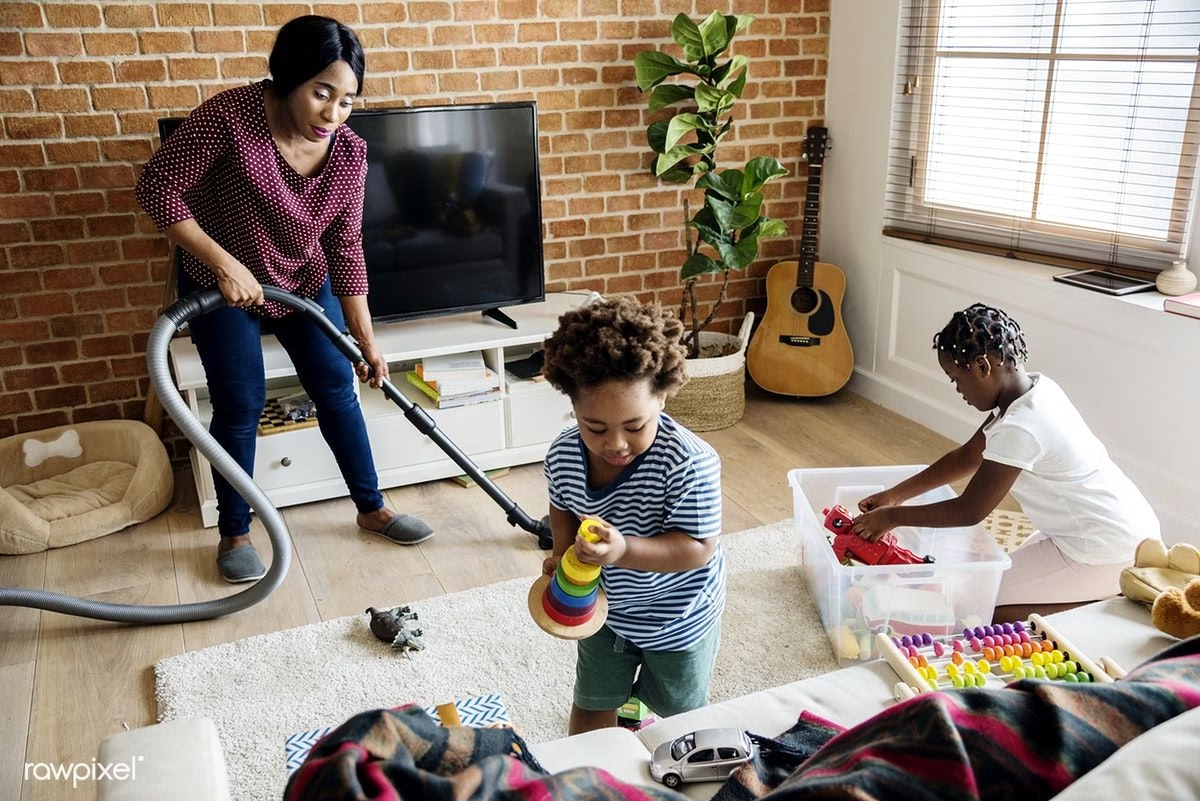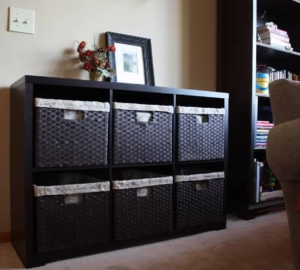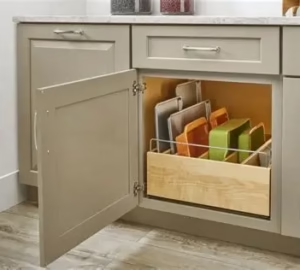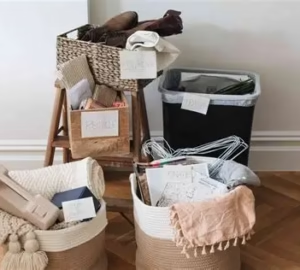In the lively homes across Kenya, children bring boundless joy, energy, and, let’s be honest, a fair amount of delightful chaos! Toys, books, school supplies, and clothing seem to multiply overnight, turning living spaces into obstacle courses. While it’s tempting for parents to take on all the tidying, involving children in the process of organizing with kids in Kenya is a powerful way to not only manage clutter but also to instill valuable life skills, responsibility, and a sense of pride in their environment.
At Retail Place, we understand the dynamic rhythm of Kenyan family life. This comprehensive guide offers practical, age-appropriate strategies to empower your children to become active participants in maintaining an organized home, fostering independence and harmony amidst the fun.
Why Organize with Kids? The Benefits for Kenyan Families
- Teaches Responsibility and Life Skills: Children learn that order requires effort and that they are responsible for their belongings. This builds accountability from a young age.
- Fosters Independence: When things have a clear “home,” children can find what they need and put it away themselves, without constant parental guidance.
- Reduces Parental Stress: Less clutter means less nagging, fewer frantic searches for lost items, and a calmer home environment for everyone.
- Boosts Self-Esteem: Successfully organizing their space gives children a sense of accomplishment and control.
- Creates a Calmer Environment: A tidy space promotes peace and focus, reducing visual distractions that can overstimulate children.
- Saves Money: Proper storage helps preserve toys and belongings, reducing the need for frequent replacements.
Read: The Family Decluttering Challenge.
Foundational Principles for Organizing with Kids in Kenya
Before diving into specific tactics, embrace these guiding principles:
- Start Small, Be Consistent: Don’t overwhelm yourself or your child. Begin with one small area (e.g., a toy bin, one drawer) and build consistency daily.
- Make it Age-Appropriate: Expectations must align with a child’s developmental stage. A toddler can put blocks in a basket; a teenager can organize their entire closet.
- Lead by Example: Children are keen observers. If you maintain an organized home, they are more likely to emulate your habits.
- Make it Fun! Turn tidying into a game, use timers, or play music. Positive reinforcement goes a long way.
- Patience and Positive Reinforcement: It’s a learning process. Celebrate effort and progress, not just perfection. Avoid scolding; guide and encourage.
Practical Strategies for Organizing with Kids in Kenyan Homes
1. Declutter Together (Punguza Mzigo Pamoja)
This is the first and most crucial step. Don’t organize clutter!
- The “Keep, Donate, Trash” System: For a decluttering session (start with 15-30 minutes for kids), use three clearly labeled bins or bags.
- Keep: Items used regularly and loved.
- Donate/Give Away: Gently used toys or clothes that are no longer played with or fit. Discuss donating to a local children’s home or mitumba collector – teaching generosity.
- Trash: Broken, unsafe, or truly unusable items.
- The “One In, One Out” Rule: When a new toy or piece of clothing enters the home, an old one must leave. This prevents overwhelming accumulation.
- Empower Them to Choose: Let children make decisions about their own toys (within reason). If they struggle, ask guiding questions: “Do you play with this often?” “Does it make you happy?”
Read: Smart Toy Storage Ideas for Kenyan Homes.
2. Create Designated “Homes” (Kila Kitu na Mahali Pake)
If an item doesn’t have a specific home, it will always end up as clutter.
- Kid-Friendly Accessibility: Storage should be at your child’s height. Low shelves, open bins, and easily reachable hooks are key. If they can’t reach it, they won’t put it away.
- Visible Storage: For younger children, clear bins or open baskets allow them to see what’s inside, making choice and clean-up easier.
- Labels (Pictures & Words): For non-readers, use picture labels (e.g., a photo of building blocks on the block bin). As they grow, add words. This helps them learn to read and reinforces the system.
- Group Like Items: All art supplies together, all building blocks together, all dolls together. This makes finding and returning items logical.
3. Smart Storage Solutions for Kenyan Kids’ Spaces
Invest in practical and durable options that suit Kenyan homes.
- Open Bins & Baskets:
- Plastic tubs: Affordable, durable, and easy to clean (available at local dukas, supermarkets).
- Fabric baskets/cubes: Lightweight, colorful, and can slide into cube shelving units (found in home goods stores, online).
- Woven baskets (kiondo or sisal): Add a beautiful local touch while being practical for larger toys or blankets (available at Maasai Markets).
- Low Shelving Units: Easy for kids to access. Combine with bins or display favorite items.
- Toy Chests/Boxes: A classic for larger items. Look for ones with slow-close hinges for safety.
- Under-Bed Storage: Flat containers with wheels are great for out-of-season clothes or less frequently used toys, maximizing space in smaller bedrooms.
- Wall Hooks/Pegboards: Perfect for hanging backpacks, jackets, hats, or displaying art supplies, keeping floors clear.
- Drawer Dividers: For clothes drawers (socks, underwear) or stationery drawers, to keep small items neat.
4. Establish Routines & Make it a Game
Consistency is the secret sauce.
- The Daily 15-Minute Tidy-Up: Designate a short, consistent time each day (e.g., before dinner, before bed) for a quick clean-up. Set a timer and make it a race!
- The “Clean-Up Song”: Play a favorite song (local kids’ tunes or international ones) that signals clean-up time.
- Checklists/Chore Charts: For older kids, a simple visual checklist of daily tidying tasks can be empowering.
- “Spot Checks”: Periodically do a quick “spot check” together. “Let’s see if we can find 5 things to put away in 2 minutes!”
- Lead by Example: Ensure you also put your things away. If you declutter your own space, your child will learn by observation.
Organizing with kids in Kenya is a journey of teaching, patience, and celebration. By empowering your children with age-appropriate strategies, providing them with effective storage solutions, and making tidying a consistent and positive part of family life, you can transform your home from a chaotic play zone into a harmonious sanctuary where everyone thrives. Start small today, and watch your children (and your home) blossom!









